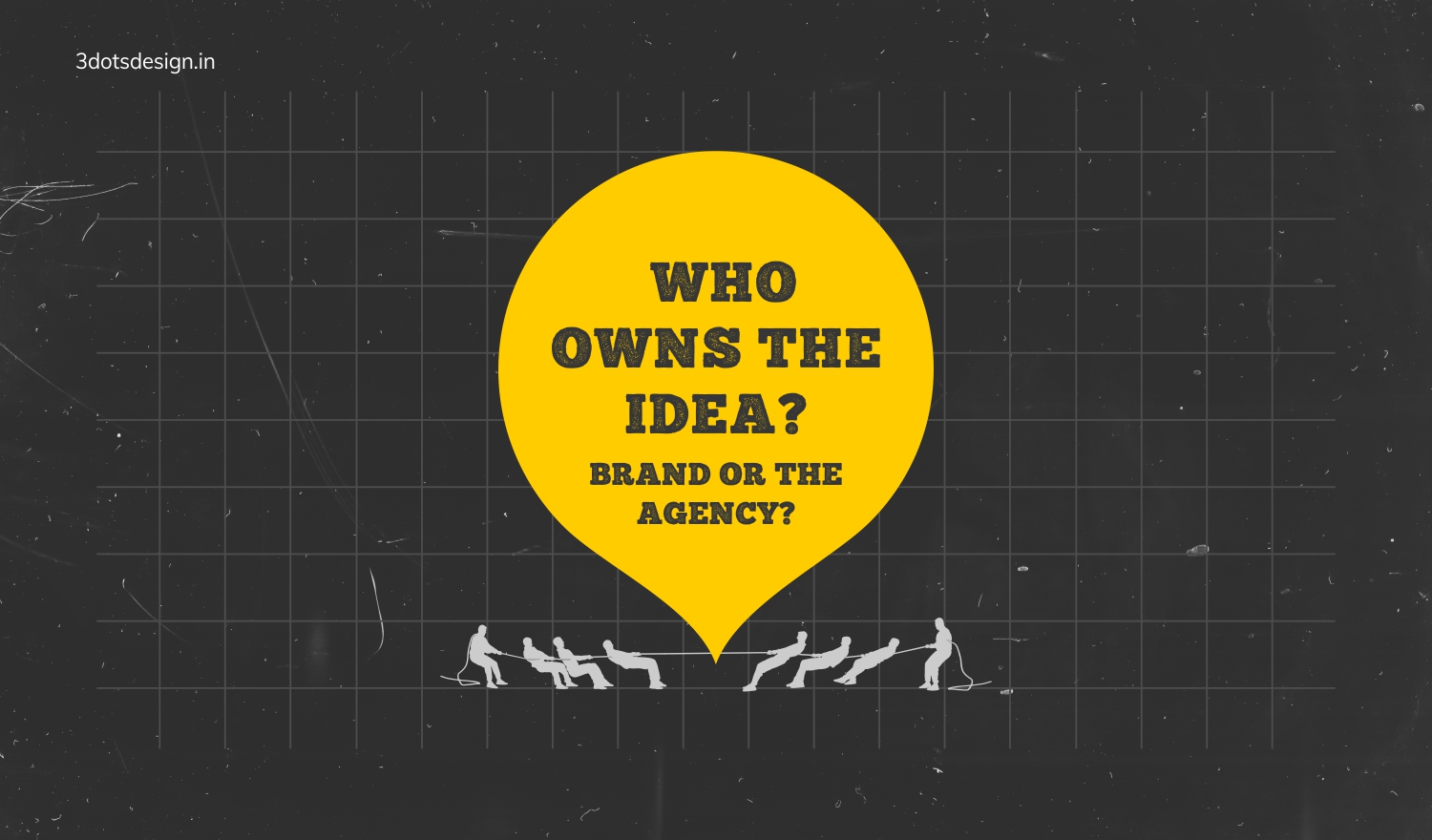“Behind this mask, there is more than just flesh. Beneath this mask there is an idea… and ideas are bulletproof.”
V for Vendetta was a book (later translated into a movie) way ahead of its time. It showed the real power of an idea and how it has no face. One person’s idea can become so inclusive and camouflaging that it can either turn invisible or wear a rather more universal identity. Today, ideas are something that every individual wishes to possess – only the ones that can change the world. Some believe they only come from creative, freethinking minds and some believe that it can come from anybody with a brain irrespective of which part of it they come from. In this article, we will be talking about how the “Ownership of an Idea” is becoming a global issue. We won’t get deep into the “Credit culture” in the advertising industry, because that’s a whole different ball game. We will focus our thoughts and energies on whether the “award-winning” ideas belong to the advertising agency that conceptualised, created, designed and executed them or to those who created a product or a service for which the piece of advertising was done. The battle is not going to be a casual banter.
Going by the books
The Intellectual Property IP Ownership Laws in the Indian scenario are quite different. Ideas cannot be copyrighted – at least by copyright in some of the most prominent countries. Only the expression of that idea can be owned and protected. The advertising agencies are certainly on an uphill task to get to this.
In the Indian context, most brands / companies hire ad agencies under a “Contract for Service” to create an ‘expression’. They can be in the form of films, radio jingles or print ads. We need to understand the difference between “Authorship” and “Ownership” which are NOT one and the same. A brand or the company cannot be the author of a literary, musical, artistic or dramatic work; but the individuals who create them can be.
So, what about ideas that pop up during brainstorming sessions? Who owns those ideas? In a nutshell, copyright is a set of economic and moral rights. Economic rights can be owned by the company – in a TV, radio or print ad; when, where and at what scale it can be published or released. Moral rights, on the other hand, are the right to be known as the ‘creator’ of the work. These rights are often misunderstood and there’s a loss of good faith!
Royalties aren’t compensation
The Indian Copyright Act was amended a decade ago. The way it works is, if someone wishes to use the literary work, for instance, if it is a song, the music label, the owners of the lyrics and music get to share an equal amount of royalty.
In the advertising realm, the client=agency relationship is built on good faith & trust. It works both with written and unwritten rules. If, for instance, the contract between the company and the agency no longer exists, and the company decides to rerun an ad created by that agency, the ideal scenario would be – the client would reach out to the agency, seek permission (or simply inform) about it. That’s good faith. If the company decides to rerun the ad without letting the agency know, even though they are going by the books, it’s not in good faith. The “mankading” in cricket would be a perfect example to relate to this. Ather took “good faith” to a new level when they tanked their agency Thinkstr via tweet for creating an ad for them.
On one side of the argument, it is said that ideas belong to the client because the brand engages the agency to create ideas that become a part of brand building. That’s the reason ad agencies are paid for and hence all ideas that come from an ad agency should belong to the client. When we say “Just Do It”, people think of the brand (Nike) and not the creator.
On the other side, the counterargument has it that the creator ensures that people remember the brand and not the creator. That was the whole idea of “brand building”. Adding to the counterargument, business values shift and so do top executives. Good faith may not go a long way and ideas, however, do not have such constraints. If a creator is accredited with the ‘expression’ of work, it is theirs. The ground for debate is open on this, but in a world where ad agencies create hundreds and thousands of such ideas on a daily basis, it is really difficult to copyright each and every one of them.
Amidst all this, commoditisation of creativity has taken a toll on the ad industry and the mere transactional nature of creativity in advertising seems to be the bone of contention. At the end of the day, seeing the advertising industry holding the torch of IP still seems to be a far-fetched dream.
At 3 Dots Design Pvt. Ltd., we believe that ideas are vagabonds. They are heirlooms, passed on from one generation to another that needs to evolve and find a way out to exist (or even flourish) in every one of them. Being one of the most creative ad agencies in Pune, our aim is to constantly craft communications that are etched in the minds of consumers in a good way. We do it with the help of well-experienced content writers, graphic designers, brand managers and digital experts who ensure that the idea belongs to its rightful owner – in all our minds, as a catchy tune, as a memorable headline and as a brand that creates an impact! If you wish to know more about who we are or what we do, please visit www.3dotsdesign.in or get in touch with us at contact@3dotsdesign.in to help us build your brand with some great ideas.

